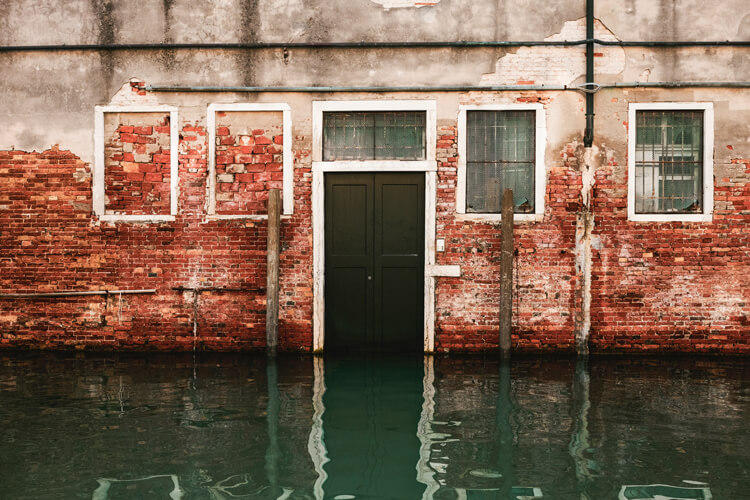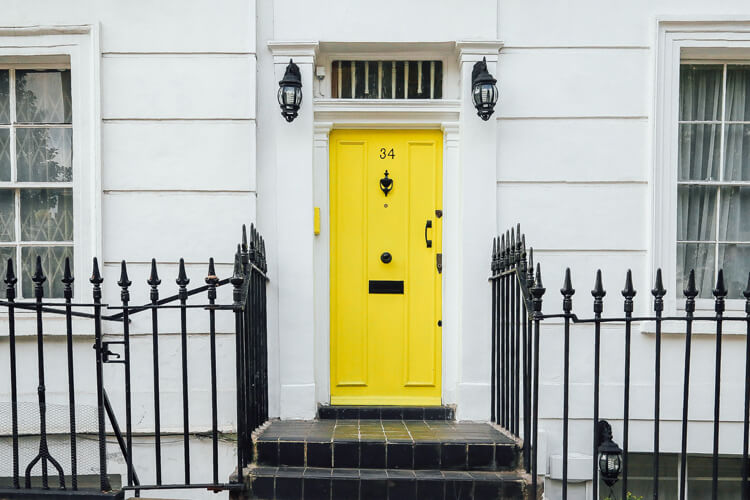What Conditions are Best for Mold Growth?
Keeping mold from growing in your home is an important consideration for a healthy, safe environment to live. The first task in keeping mold at bay is discovering what areas and conditions might encourage mold growth. Molds are pervasive everywhere, and thrive in wet conditions. How does mold grow? Mold grows best when moisture and humidity are present. When mold spores encounter a damp surface most advantageous for fungal growth, they can begin to grow and thrive.
What Does Mold Need to Grow?
Mold spores require three things in order to grow mold:
-
- nutrients
- moisture
- time (mold growth can start after 24 hours)
How Does Mold Grow in a House?
Mold spores are everywhere, and are carried by air currents. If the spores discover a moist, dark environment they will likely settle and proliferate until your home has a major mold issue. They key to preventing mold in your house is to be diligent about maintaining proper moisture levels, keeping up with home maintenance, like roof or plumbing leaks, and quickly and effectively cleaning and drying any water spills, leaks, or flooding.
Moisture Levels in the Home
The EPA suggests maintaining or reducing home humidity levels to 30-60% (ideally 30-50%) to prevent mold growth. Mold also grows optimally in warmer conditions, and flourishes the best between 77 to 86 °F (25 to 30 °C). Condensation on or around windows can be an indication that your home’s moisture levels are too high. Two ways a homeowner can decrease the humidity in the home is by increasing ventilation and buying a dehumidifier.
To increase your home’s ventilation, be sure to use correctly vented exhaust fans while in the kitchen and bathroom, to reduce the moisture in the air. Assure that ventilation throughout your home is adequate to keep up with moisture levels. If your home is still struggling with higher than advisable humidity levels, consider buying a dehumidifier to maintain a healthy home moisture quantity that is unsusceptible or resistant to mold growth. Make sure you purchase a dehumidifier that will cover the square footage necessary for your residence.
Leaks and Home Maintenance
If your home has a leak, there is likely a mold issue. Leaks can occur in pipes, roofs, basements, appliances and windows. Because leaks are usually undetectable behind a wall or in the attic, leaks can have the advantage of time to release water into your home continuously. This constant influx of water can fuel mold growth considerably. To look for leaks, be on the watch for:
- water stains
- warping or bowing of walls
- deterioration of wood
- bubbling or cracking paint or wallpaper
- mold symptoms (aka “sick building syndrome”)
Flooding and Other Water Damage
Flooding is a serious risk factor for mold. When excessive amounts of water enter a building and remain for a period of time, mold will begin to develop. Remember, mold can begin to emerge in 24 hours under the right growing conditions. Therefore prompt action is needed in the event of a flood to prevent or reduce mold damage in your home.

Flooding is a serious risk factor for mold.
You may wish to hire a professional to restore your home after a flood. This is a very good option if you can afford to hire someone who has the credentials and equipment to deal with flood and water damage in a home, or if your insurance provides you with this option. Be sure to check your home’s insurance policy on flooding and mold damage.
If the flooding or water damage is minor and safe for you to deal with yourself, here are some essential steps to take to prevent mold after water damage or flooding.
Indoor Mold
We spend a lot of our time indoors. We sleep indoors, eat indoors, and many of us work indoors. Mold in the home (or workplace) can be a serious problem for our health and the structure of the building. There are numerous molds that can grow indoors, so it is important to check our homes for the risk factors for mold.
Stachybotrys chartarum
Stachybotrys chartarum is a toxic mold/fungi that commonly grows in homes and buildings and can cause “sick building syndrome,” a medical condition where people develop symptoms of illness that go away or improve when they are not in the building. Stachybotrys chartarum is greenish-black in color and slimy to the touch. This harmful mold likes to colonize on high-cellulose material such as dry wall, carpet, wall paper, fiber-board, ceiling tiles, thermal insulation, etc, thus it is commonly found growing indoors worldwide. Some other common molds that grow indoors are Cladosporium, Penicillium, Aspergillus, and Alternaria. Indoor molds grow when there is water damage, too much moisture or humidity, water leaks, or flooding.

Preventing indoor mold.
Where Does Mold Grow Best?
The kitchen and bathroom are often places in your home that mold likes to take root and grow. The humidity from baths, showers, cooking, and washing dishes is often higher in these rooms. Kitchens and bathrooms usually have more plumbing than other areas of your home which could develop leaks within the walls. Basements are also prone to higher humidity, as well as water damage from flooding. If you have a roof leak, the attic could be harboring mold. It is important to check for leaks in these areas, monitor the humidity, and dry up any condensation that develops. Be sure to also check for mold in air conditioning and heating ducts, washing machines, dishwashers, and in the shower and bathtub.
Symptoms of Indoor Mold Exposure
Sometimes you can’t see mold because it is within a wall or attic. However, if you’ve been experiencing some of these symptoms that improve when you are no longer in the home, you may want to have your house checked for mold.
- skin rash
- eye irritation
- headaches
- fatigue
- sore throat
- shortness of breath
- runny or stuffy nose
- sneezing
- cough
This list is by no means an exhaustive list of the symptoms of mold exposure or mold allergy. You should talk to your doctor if you are experiencing any of these symptoms and consider having your home tested for mold by an expert.
Preventing Mold Indoors
It is better to take action to prevent mold rather than dealing with an expensive and unhealthy mold issue in the future. A responsible home-owner or landlord should consistently check on the health of the house structure and perform routine maintenance that can save a lot of money by avoiding mold contamination. The following 5 tasks may significantly reduce your risk of mold or other issues in the home.
- Monitor indoor humidity
- Clean and repair roof gutters
- Dry wet materials quickly
- Fix leaks
- Increase ventilation
So, how does mold grow in a house? Mold is an opportunistic fungi that will pop up wherever it can sustain itself with nutrients and moisture. The key is to reduce the conditions that are best for mold growth. Remember, what does mold need to grow? Nutrients, moisture, and time If you control the moisture, clean up and dry water damage, and reduce the time water or moisture is allowed to remain (within 24 hours), mold will have less of a chance to take up residence in your home. Have you ever had mold in your home? What did you do to deal with mold?
Article by Krystle from Moldblogger.com

